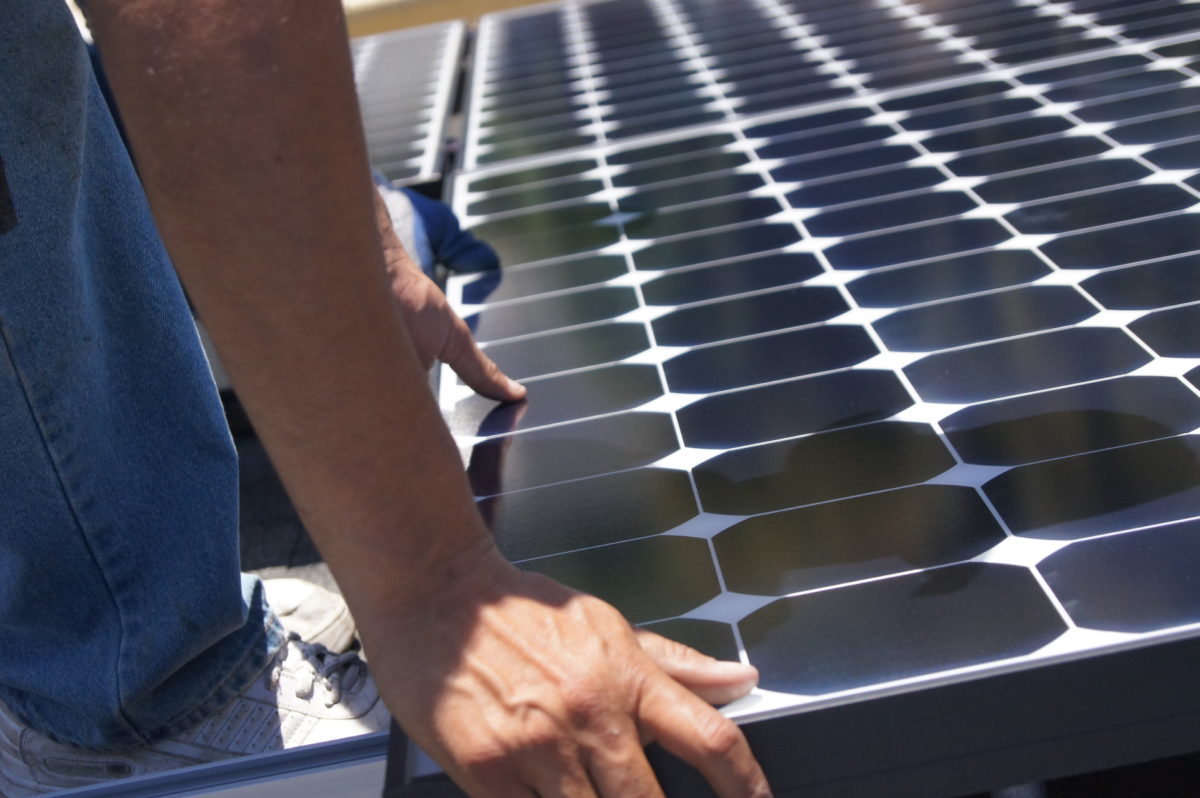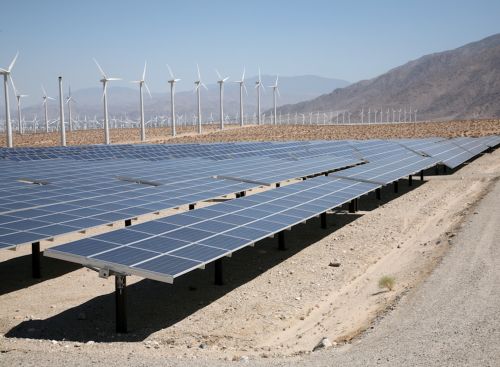CPUC gets more of an earful this week
Net metering was not on yesterday's CPUC agenda, but 63 amazing community leaders still showed up to give the CPUC an earful about what they need to do. Meanwhile IBEW47 showed up and made the most of 14 comments in favor of the proposal. There was also one social justice and one or two business groups in favor.
Notable statements include:
- Esperanza Vielma, Environmental Justice Coalition for Water: "I am the daughter of a Laborers' International Union member. I’m sure he would’ve been in support of rooftop solar and getting green jobs for our youth going forward. We want to save rooftop solar for environmental justice communities. We oppose NEM 3.0."
- Damon Connolly, Marin County Supervisor: “We need to ensure solar becomes more affordable for low- and middle-income families, not less.”
- Chance Cutrano, Vice Mayor of Fairfax: "It’s critical that low- and middle-income families are not discouraged from enrolling in NEM programs."
- Solar worker Helen Couter Rodriguez: "I work as a manager in a small solar and battery energy firm…I’ve been doing this work since 2014, and this is my second career as a mom returning to the workforce. I’m a Latina and am proud to do the work that I do. This is the fastest-growing industry– employer of women in California and the United States. Please save NEM 2.0 and take out the aggressive charges that you have in the NEM 3.0 proposal."
When an article begins with: "In 1696, a British government desperate for revenue imposed a tax on windows…"
…you know something unique is happening. Give this
2 minute KQED op/ed a listen and then amplify it
Full page ad in SF Chronicle from environmental groups calls on Gov. Newsom to lead
Here's a
high resolution copy of the ad.
Two articles that take on the utilities' cost shift argument in similar and powerful ways.
- The first is by People Power Solar Cooperative leader Crystal Huang, and also includes links to additional resources you and others can use to combat the misinformation.
- The second is by Coalition for Environmental Equity and Economics through their letter to NRDC asking them to stop their attack on rooftop solar.
Both pieces point out that the "cost shift" is premised on planning methods that put the utilities' monopoly business model at the center and bend the public's needs around it. The way it should work, they argue, is to put people's needs at the center, and bend the utilities' business model around the needs of the people.
These can be good pieces to share if people have questions about the ads being run by the utilities.
Federal court rules that Arizona utility may run afoul of anti-trust laws by discriminating against solar users
Last week, the Ninth Circuit Court of Appeals held that utility attacks on solar can be liable under antitrust law. This Arizona case is a powerful tool in the fight to stop the utility monopoly from squashing people from making their own energy from the sun.
While the legal issues around the Arizona case are different than what we're facing in California, the court case should nonetheless send a strong warning to Governor Newsom and the CPUC to not enact an anti-competitive net metering decision that could open the door to antitrust liability.
More reading. Shout to Center for Biological Diversity for spearheading this lawsuit.
Rooftop solar and batteries could have saved San Diego ratepayers $3 billion and prevented blackouts
Protect Our Communities Foundation's Bill Powers was on CBS 8 local news explaining how SDG&E's $3 billion powerline project is a boondoggle that is driving up energy bills while doing little to prevent blackouts.
Bill points out that the better solution would have been to outfit East County residents with solar and batteries, which would have been cheaper and safer.
https://bit.ly/3oLwFeT
New video ad: "There's a clean energy revolution going on in California. And it's on our rooftops." Watch and amplify it: https://bit.ly/3Buinol
We need to keep the pressure on the Gov. IF you have time to make a call today or next week here are the details
The Gov still hasn't taken a stand and we need to keep pushing. His # is 916-445-2841. Sample script: "My name is __ and I live in __. Why has Gov. Newsom not taken a stand against the Solar Tax yet? We should make rooftop solar more affordable, not less."
Check out
www.solarrights.org for other actions you can take. Just scroll halfway down the homepage. Thank you!
Thank you all! Have a great weekend!
--
Lee Miller
Solar Rights Alliance













